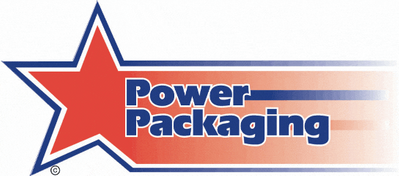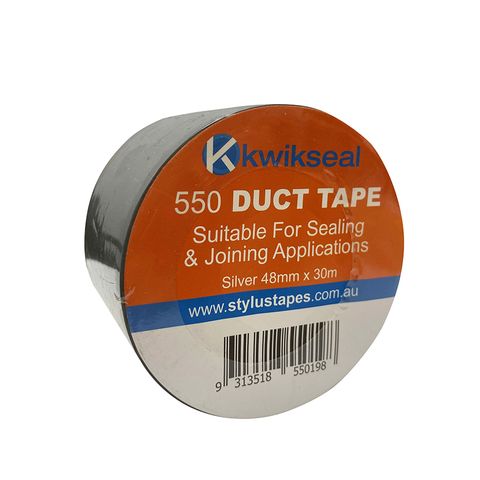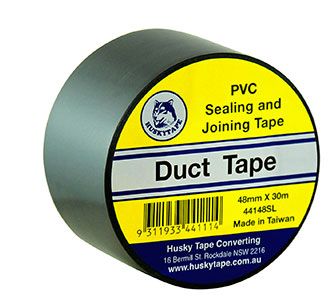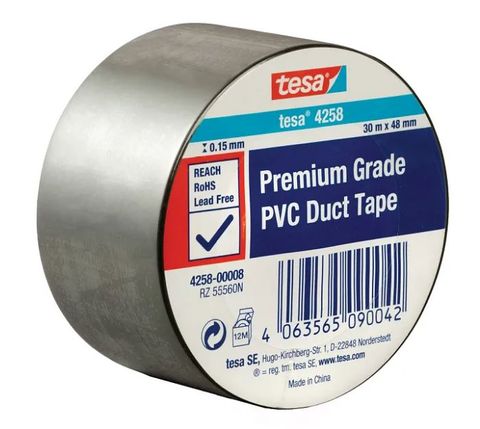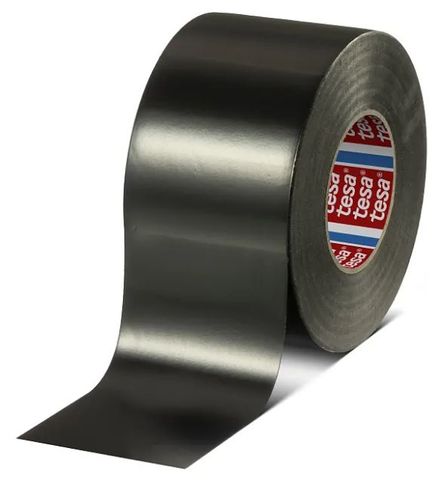Duct Tape

Duct tape is a robust and adhesive tape that serves multiple purposes. Whether you’re joining, sealing, or repairing surfaces and materials, duct tape has got you covered. Here are some key features:
-
Composition: Duct tape consists of a cloth or scrim backing coated with polyethylene and secured by a rubber or hot melt-based adhesive. This combination ensures strength and durability.
-
Weather Resistance: Duct tape is water-resistant and can withstand harsh weather conditions. Whether it’s rain, heat, or cold, your packages remain secure.
-
Variety: Available in different sizes and colors, duct tape caters to various needs. Choose from classic silver, sleek black, or opt for widths like 48mm or 72mm.
1 to 4 of 4 results
1 to 4 of 4 results
